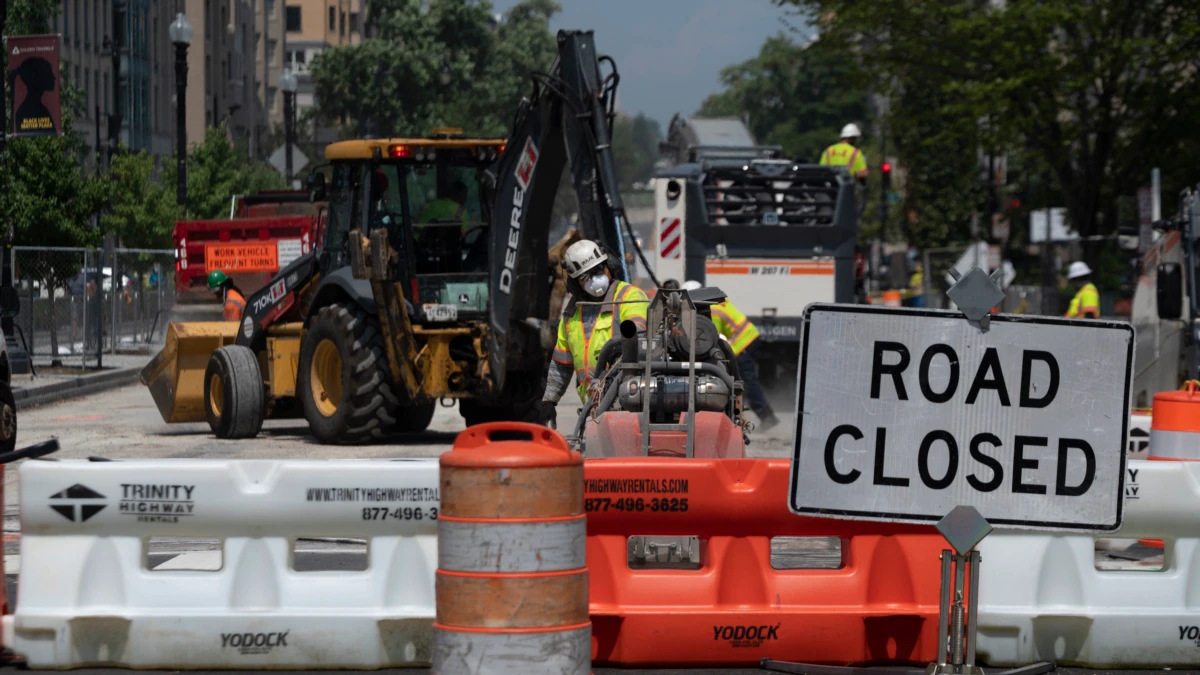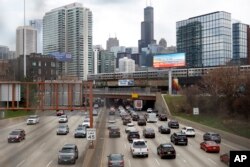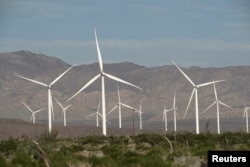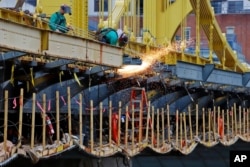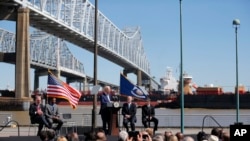Last week’s passage of a major bipartisan infrastructure spending package in the House of Representatives was broadly seen as a victory for President Joe Biden at a time when he desperately needed one.
But unlike some of Biden’s earlier legislative wins, this one is not likely to produce immediate changes in the lives of most Americans.
In the early months of his presidency, Biden was able to secure major stimulus packages that sent cash flowing from the federal government directly into the bank accounts of millions of Americans, many of whom were facing financial struggles due to the coronavirus pandemic.
The infrastructure package, which tacked $550 billion of new spending onto $650 billion that was already budgeted, is not expected to work that way. Its promise of investment in electric-vehicle charging stations, highways, ports, airports, broadband, a smart electrical grid and much more, will play out over years, rather than months, analysts caution.
“People think that since the bill has been passed … that you’re going to start seeing things this week. It’s not so simple,” said K.N. Gunalan, a former president of the American Society of Civil Engineers (ASCE) and a senior vice president with the engineering firm AECOM.
“Procurement on a typical project can take from a few months to a couple of years depending on the magnitude and complexity of the project,” he told VOA. “I want people to be hopeful, but not too anxious, because in order to do it right, these things take a little bit of time.”
‘A generational shift’
Experts said that the fact that it will take years for the full effects of the new investment to be seen shouldn’t obscure the reality that it has the potential to significantly transform the country.
“This is a generational shift in how and what types of projects get invested in,” Joseph Kane, a fellow in the Metropolitan Policy Program at the Brookings Institution in Washington, told VOA. “I don’t think it’s an exaggeration to say, with $550 billion over five years, that this is on par with New Deal-era levels of spending.”
The New Deal era was marked by a massive wave of government spending on infrastructure and other public projects meant to help bring the United States out of the Great Depression.
“It’s also important not to overlook, beyond the dollar figures, just what the bill promises to do, which is investing in forward-looking designs and technology for a 21st century vision of infrastructure,” Kane said.
‘Infrastructure decade’
In the wake of the bill’s passage and the run-up to a presidential signing ceremony expected when Congress returns from its current recess, there have been many joking references to “infrastructure week” — something the Trump administration touted more than once while trying in vain to get Congress to move on its previous efforts to make a serious investment in infrastructure.
But Michael Hendrix, a senior fellow and director of state and local policy at the Manhattan Institute, said in an interview with VOA that the passage of the bill means that the country needs to transition to a much longer timeline.
“After this bill is signed, infrastructure week will become infrastructure decade,” Hendrix said. “I think we really have to look at a 10-year time horizon to get a bigger sense of the impact here. And even then, just because the spending will come online, and projects will come online, doesn’t mean that they’re going to be finished within that 10-year time horizon.”
Short-term action
While nobody ought to expect new bridges to begin going up overnight, there will be some action in the near term — it just won’t be the kind that most people notice..
The legislation approved by Democrats and Republicans in the House and Senate gives Transportation Secretary Pete Buttigieg a pot of $16 billion that he will be able to direct to projects with little or no delay. Hendrix, of the Manhattan Institute, said that he expects much of that will go toward funding preliminary studies and planning, to help states and localities begin preparing for when the full funding begins to come through the system.
Additionally, work could begin more quickly on routine maintenance of existing infrastructure that has been deferred, sometimes for many years, because of lack of funding, Gunalan, the former ASCE president, told VOA.
“I know it’s easier to get excited about new projects, but agencies have been struggling for years to maintain their existing assets in good repair,” he said. “Maintenance of existing assets is probably something that can be done sooner than any new projects can come online.”
Medium term
A number of major projects that have been in the planning phase — some for years — could begin construction within the next few years, even before the end of Biden’s first term in January 2025.
“I would suspect in the next four years, we will start to see a lot of major infrastructure projects get under construction — and people will see that construction under way,” said Yonah Freemark, a senior research associate at the Urban Institute in Washington.
Some of those projects, he said in an interview, include the Gateway Tunnel, a new rail tunnel between New York and New Jersey; replacement of the Brent Spence Bridge, a badly overburdened link between Covington, Kentucky, and Cincinnati; a new rail bridge across the Potomac River connecting Washington, D.C., and northern Virginia; and a continuation of work on high-speed rail networks in California.
“Americans will see all those projects under construction in the next few years,” said Freemark. “Unfortunately, we won’t see them open anytime soon.”
Biden will still promote the package
The delay between his signing of the infrastructure bill into law and the beginning of major construction projects will not prevent the president from celebrating its passage. This week, he is expected to begin a series of visits to sites around the country that will benefit from the legislation.
Biden was vice president when President Barack Obama signed the American Recovery and Reinvestment Act of 2009, an effort to stimulate the economy with a surge of investment in infrastructure projects. While the act generated significant spending on infrastructure, it took much longer to roll out than the administration expected.
The Obama administration did not make much of an effort to bring Americans’ attention to the Recovery Act’s projects when they did come on line, leading to criticism from fellow Democrats, who saw that as a missed opportunity.
Biden does not appear eager to expose himself to the same criticism. His infrastructure tour will be supplemented by appearances by multiple Cabinet secretaries across the country over the coming weeks and months, reminding voters of the projects that, if not under way, are at least on the way.
Biden’s first stop will be the Port of Baltimore on Wednesday. Backlogs at U.S. ports have been blamed for the current supply-chain problems that have left many goods difficult for Americans to find and have contributed to a sharp rise in inflation. A visit to the port will allow Biden to make the argument to Americans that his administration is taking action to at least begin resolving the problem.









































